Weekly Current Affairs (1st to 7th February 2025) - 2 | General Test Preparation for CUET UG - CUET Commerce PDF Download
Infrastructure Development in India
 Why in News?
Why in News?
- India has made remarkable progress in infrastructure development over the past decade, which serves as the backbone of economic growth. The total infrastructure investment (capital expenditure) in India has increased to Rs 11.2 lakh crore for the fiscal year 2025-26, up from Rs 10 lakh crore in 2023-24.
Key Takeaways
- Total infrastructure investment has seen a significant rise.
- New initiatives in the 2025-26 budget focus on urban development and transportation.
- Various sectors, including railways and housing, are receiving substantial funding and support.
Additional Details
- Infrastructure Financing: The government aims to monetize worth Rs 6 lakh crore of assets over the next 5 years (2025-30) under the National Monetisation Plan.
- Urban Challenge Fund: A fund of Rs 1 lakh crore will be established to implement proposals for making 'cities as growth hubs' and enhancing water and sanitation services.
- Railways: India targets becoming the largest cargo-carrying railway after China, with 100% electrification of its network expected by FY 2025-26.
- Shipbuilding: A fund of Rs 25,000 crore will support the maritime industry, promoting competition and financing.
- Aviation Sector: The UDAN scheme has been extended for another 10 years, aiming to connect 120 new destinations.
- Housing: The SWAMIH Fund of Rs 15,000 crore will expedite the completion of 1 lakh unfinished housing units.
- Local Economy: The PM SVANidhi scheme will be revamped to enhance bank loans and UPI-linked credit cards.
India's infrastructure development has witnessed substantial growth, particularly in the sectors of roads, railways, civil aviation, and urban affairs. The government’s initiatives, including financing schemes and project proposals, are designed to further boost infrastructure, which is crucial for economic growth and improving the quality of life for citizens.
Mains Question:
- How can infrastructure development contribute to the overall socio-economic well-being of India?
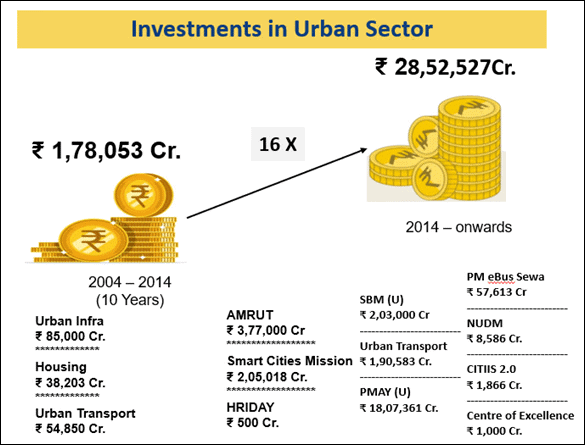
Agriculture Development in India
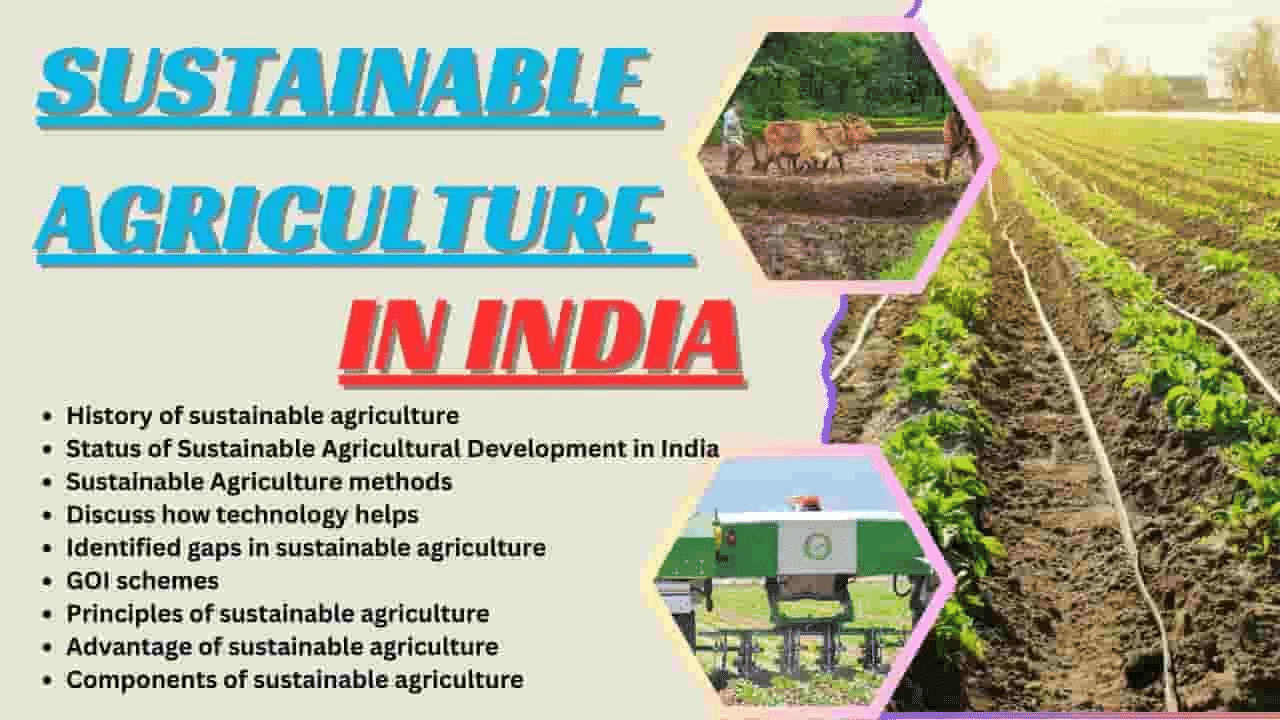 Why in News?
Why in News?
- The Union Budget 2025-26 has emphasized agriculture as the primary engine for India's development, announcing various initiatives aimed at enhancing agricultural growth and productivity. The Economic Survey 2024-25 reported that the agriculture sector has demonstrated robust growth, averaging 5% annually from 2016-17 to 2022-23. However, the introduction of the National Mission on High-Yielding Seeds has raised concerns regarding monocultures and the potential loss of crop diversity.
Key Takeaways
- The agriculture sector has shown significant growth, with a focus on high-yielding seeds.
- The Union Budget 2025-26 includes several measures to enhance agricultural productivity and sustainability.
Additional Details
- National Mission on High Yielding Seeds: This initiative aims to boost agricultural productivity by developing resilient seed varieties that withstand pests and climate stresses.
- Focus Areas:
- Creation of new seed varieties with improved productivity.
- Ensuring easy access to high-yielding seeds for farmers.
- Seed Varieties:The mission aims to introduce over 100 new seed varieties, including:
- 23 cereals
- 11 pulses
- 7 oilseeds
- Makhana Board in Bihar: A board will be established to enhance the production, processing, and marketing of Makhana, supporting farmers through Farmer Producer Organizations (FPOs) and government programs.
- Food Processing: The government will set up a National Institute of Food Technology, Entrepreneurship and Management in Bihar to promote food processing in Eastern India.
- Gene Bank: A new gene bank will be established to secure 10 lakh germplasm lines for future food and nutritional security.
- Mission for Cotton Productivity: A five-year mission focused on improving cotton farming productivity and sustainability, promoting extra-long staple varieties.
- Sustainable Fisheries: A framework will be created for sustainable fisheries in the Exclusive Economic Zone (EEZ) and High Seas, particularly in the Andaman & Nicobar and Lakshadweep Islands.
- Prime Minister Dhan-Dhaanya Krishi Yojana: This initiative aims to enhance agricultural productivity in 100 low-productivity districts, focusing on crop diversification, sustainable practices, and improved credit availability for 1.7 crore farmers.
- Mission for Self-reliance in Pulses: A six-year initiative targeting self-sufficiency in pulse production, focusing on crops like Tur, Urad, and Masur.
- Rural Prosperity and Resilience Programme: This multi-sectoral initiative addresses underemployment in agriculture through skilling, investment, and technology, prioritizing rural women, young farmers, and small farmers.
- Grameen Credit Score: Public Sector Banks will develop a framework to meet the credit needs of Self-Help Group (SHG) members and rural populations.
- Kisan Credit Cards (KCC): The loan limit under the Modified Interest Subvention Scheme has been increased from Rs 3 lakh to Rs 5 lakh for KCC holders, benefiting around 7.7 crore farmers, fishermen, and dairy farmers.
In summary, the initiatives outlined in the Union Budget 2025-26 aim to not only enhance agricultural productivity but also ensure sustainability and resilience in the agricultural sector, addressing various challenges while promoting growth and development.
State of India’s Digital Economy (SIDE) Report 2024
 Why in News?
Why in News?
- The State of India’s Digital Economy Report 2024, published by the Indian Council for Research on International Economic Relations (ICRIER) and based on a study by the Ministry of Electronics and Information Technology (MeitY), offers an in-depth analysis of India's digital economy.
Key Takeaways
- India is the 3rd largest digitalized economy globally, following the US and China, in terms of economy-wide digitalization.
- It ranks 12th among G20 nations in user digitalization, indicating lower average user engagement.
- The digital economy contributed 11.74% to GDP in 2022-23, with projections to rise to 13.42% by 2024-25.
- It employs 2.55% of the workforce, showcasing productivity that is 5 times higher than the overall economy.
- By 2029-30, the digital economy is expected to contribute 20% of GDP, surpassing both agriculture and manufacturing sectors.
Additional Details
- Sectoral Breakdown: The traditional ICT sector is the largest contributor to the digital economy, while new digital industries, including Big Tech and platforms, contribute significantly to Gross Value Added (GVA).
- State-Level Disparities: Wealthier states like Karnataka, Maharashtra, Telangana, Gujarat, and Haryana show higher levels of digitalization compared to their poorer counterparts.
Key Drivers of Digital Economy Growth in India
- Expanding Digital Infrastructure: Initiatives such as BharatNet are enhancing high-speed internet access in rural areas, while the rollout of 5G is boosting digital adoption across e-governance, e-commerce, fintech, and IT services.
- Rising Smartphone Penetration: The availability of affordable smartphones and low-cost data has established India as a mobile-first economy, improving access to online education, digital payments, and entertainment.
- Global Capability Centers (GCCs): India is home to 55% of the world’s GCCs, providing essential services such as IT support, R&D, and business process management.
- Start-Up Ecosystem and Innovation: The Indian startup ecosystem is a significant driver of digital innovation, with initiatives like Start-Up India facilitating funding for tech startups to meet unique market demands.
- Digital Financial Inclusion: Programs like UPI and Jan Dhan accounts are revolutionizing financial inclusion, particularly in rural regions, with UPI processing transactions worth Rs 23.49 lakh crores across 16.58 billion transactions in October 2024.
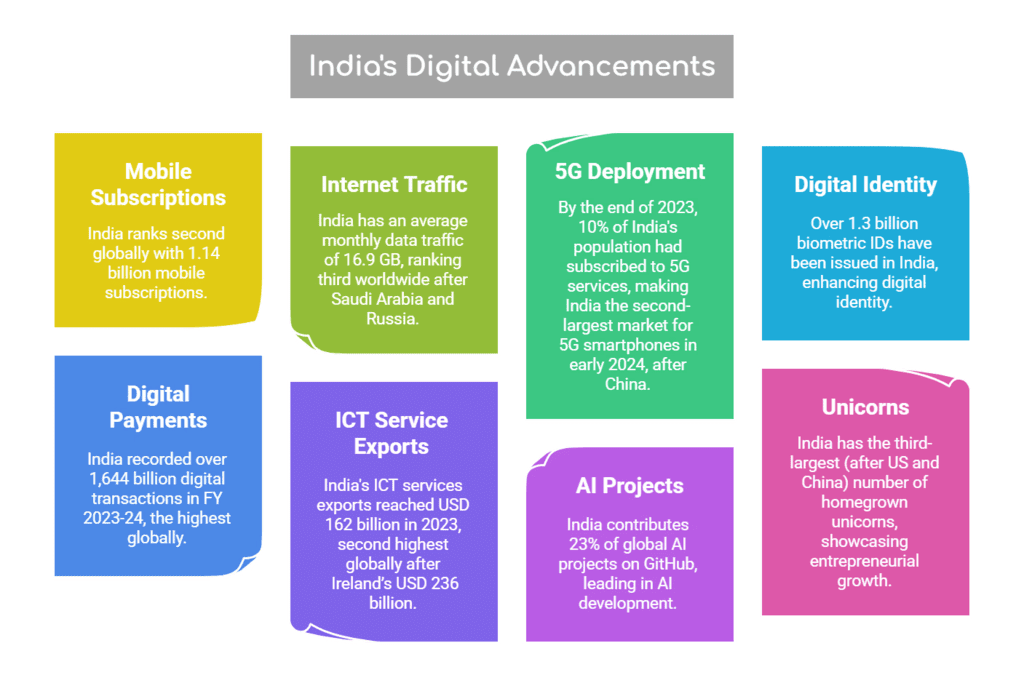
In conclusion, India’s digital economy is a crucial catalyst for economic growth and job creation. The digitalization of traditional sectors, along with the emergence of digital platforms, is reshaping industries and generating new employment opportunities. With increasing digital literacy, the adoption of emerging technologies, and expanding job prospects, India stands ready to lead in digital transformation, ensuring sustainable and inclusive economic growth.
Revamping Digital Infrastructure in India
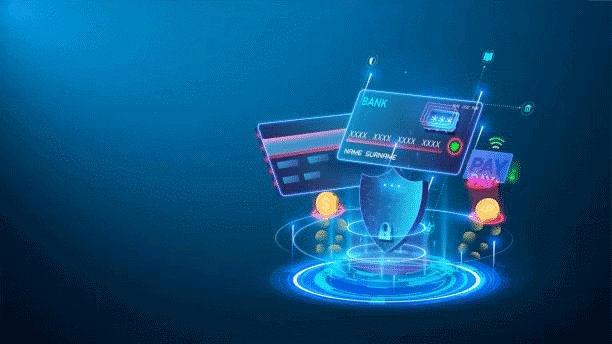 Why in News?
Why in News?
- India's digital infrastructure has seen remarkable growth, contributing approximately 11.74% to the Gross Domestic Product (GDP) in 2022-23. This figure is projected to reach 20% by 2029-30. To further accelerate this growth trajectory, the Union Budget 2025-26 has allocated Rs 2,000 crore for the IndiaAI Mission, aimed at enhancing AI infrastructure and skill-building programs.
Key Takeaways
- India's digital sector is becoming a significant part of the economy.
- The Union Budget 2025-26 has a substantial allocation for AI initiatives.
- Digital transactions and internet connectivity have dramatically increased.
Additional Details
- Unified Payments Interface (UPI): Launched in 2016, UPI now facilitates 49% of global real-time transactions, with digital transactions soaring from Rs 707.93 crore in 2016 to Rs 23.24 lakh crore in 2024. The number of participating banks increased from 35 to 641, and UPI has expanded to 7 countries, including the UAE, Singapore, and France.
- Internet Infrastructure: Telephone connections rose from 933 million in 2014 to 1,188.70 million in 2024. Internet connections grew from 25.15 crore to 96.96 crore, marking a 285% increase. Broadband penetration increased by 1,452% from 6.1 crore in 2014 to 94.92 crore in 2024. BharatNet, initiated in 2011, has connected 2.14 lakh Gram Panchayats and laid 6.92 lakh km of optical fiber cable, establishing 1.04 lakh Wi-Fi hotspots.
- Aadhaar: Launched in 2009, Aadhaar serves as a digital identity system and has issued 136.65 crore Aadhaar cards by March 2023. It has facilitated over 100 crore transactions for face authentication and 1,470.22 crore E-KYC transactions by 2023.
- DigiLocker & UMANG: DigiLocker, introduced in 2015, allows secure access to digital documents and has 46.52 crore users as of February 2025. The UMANG app, integrating e-Gov services, has grown to 7.34 crore registered users from 0.25 lakh in 2017.
- ONDC & GeM: The ONDC initiative, launched in 2022, promotes fair e-commerce competition, supporting 7.64 lakh sellers and processing 154.4 million orders. The GeM platform streamlines government procurement, supporting 1.6 lakh buyers and 22.5 lakh sellers, fostering transparency and efficiency.
- BHASHINI: This initiative has improved digital access in over 22 Indian languages, facilitating more than 100 million inferences monthly and achieving over 500,000 app downloads.
In conclusion, India's digital infrastructure has significantly enhanced economic growth, governance efficiency, and financial inclusion. To maintain this momentum and realize the vision of a 'Viksit Bharat' by 2047, the focus must be on enhancing cybersecurity, expanding 5G networks, and promoting digital literacy. By leveraging its digital capabilities, India can drive sustainable development and empower citizens in the digital age.
Mains Question:
- What are the objectives and key components of the IndiaAI Mission? How does it aim to transform India's AI landscape?
Mental Health at Workplace and Economic Productivity
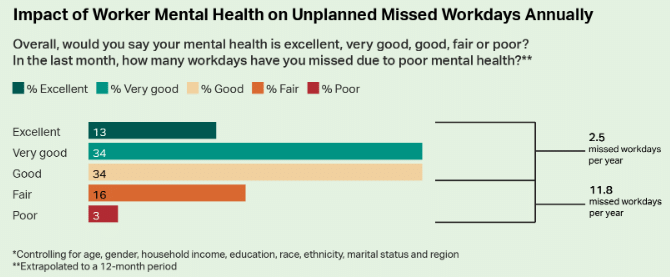
Why in News?
- The Economic Survey 2025 emphasized the critical role of workplace culture, working hours, and lifestyle choices on mental health and employee productivity. It highlighted the pressing need for better working conditions and healthier lifestyles to enhance employee well-being, which subsequently can drive economic growth.
Key Takeaways
- A positive workplace culture significantly enhances mental well-being.
- Excessive workloads and long working hours adversely affect mental health.
- Remote work may reduce mental well-being compared to in-office or hybrid work.
- Lifestyle choices, including diet and exercise, are crucial for mental health.
- Poor mental health leads to substantial economic costs, including lost productivity and increased healthcare expenses.
Additional Details
- Workplace Culture: A supportive workplace culture correlates with better mental health outcomes. Employees who have good relationships with their managers and coworkers report a 33% increase in mental well-being.
- Workload Management: Employees with manageable workloads experience 27% better mental well-being than those with excessive burdens, while long hours (55-60 hours per week) heighten stress and anxiety.
- Impact of Remote Work: Although remote work offers flexibility, fully remote employees have 17% lower mental well-being scores compared to those working in hybrid or office settings, as social interactions are vital for mental health.
- Lifestyle Choices: Better mental health is reported by individuals who avoid ultra-processed foods and engage in regular physical activity, while excessive social media usage is linked to poorer mental health.
In conclusion, the Economic Survey 2024-25 indicates that prioritizing mental health at the workplace is essential for national productivity and economic stability. By implementing supportive policies and fostering a healthy work environment, India can enhance its potential as a global economic leader.
|
164 videos|626 docs|1132 tests
|
















